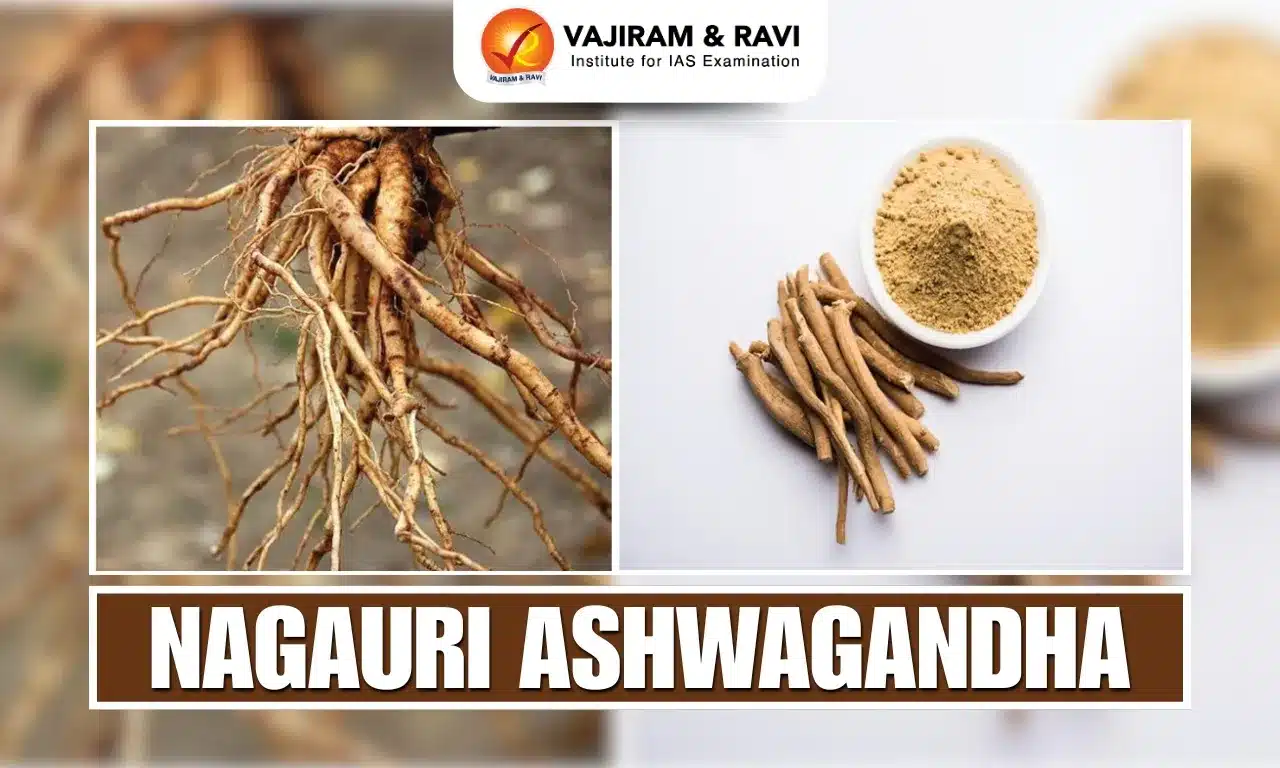About Demaorchestia alanensis
- It is a new species of marine amphipod-a shrimp-like crustacea of the genus Demaorchestia.
- The present discovery has added one more species to the genus Demaorchestia, raising the global species number in the group to six.
- Features:
- It is white in colour and less than 15 millimetres in length.
- It has 13 pairs of legs. While three pairs are used for swimming in the water, eight pairs are used for walking on land. The other two pairs are used for capturing prey and feeding.
- The species can be distinguished from the other members of the genus by two to three strong, hair-like structures, or setae, on the anterior margin of the propodus of the gnathopod.
What are Amphipods?
- Amphipod are any member of the invertebrate order Amphipoda (class Crustacea) inhabiting all parts of the sea, lakes, rivers, sand beaches, caves, and moist (warm) habitats on many tropical islands.
- They are often mistaken for tiny shrimp, which they resemble.
- They can be found in all marine habitats (even the deepest ocean trenches, e.g., Hirondellea dubia), and have also colonised freshwater and terrestrial habitats.
- The generic diversity of amphipods is apparently higher in cool waters than in warm ones.
- Freshwater and marine beach species are commonly known as scuds; those that occupy sand beaches are called sand hoppers, or sand fleas (see sand flea).
- They range in size from a millimetre in length to the supergiant amphipod Alicella gigantea at 340 mm.
- They are important food for many fish, invertebrates, penguins, shore birds, small cetaceans, and pinnipeds.
- Most amphipods are active swimmers, propelled by three pairs of abdominal appendages.
Q1) What are crustaceans?
These are members of the subphylum Crustacea (phylum Arthropoda). They are found in a wide range of habitats – most are free-living freshwater or marine animals, but some are terrestrial. They are invertebrates with a hard exoskeleton (carapace), a segmented body that is bilaterally symmetrical, more than four pairs of jointed appendages (“legs”) and an open circulatory system. Examples: Crabs, lobsters, shrimps, and wood lice etc.
Source: New marine amphipod species found in Chillika Lake, Odisha
Last updated on January, 2026
→ Check out the latest UPSC Syllabus 2026 here.
→ Join Vajiram & Ravi’s Interview Guidance Programme for expert help to crack your final UPSC stage.
→ UPSC Mains Result 2025 is now out.
→ UPSC Notification 2026 is scheduled to be released on January 14, 2026.
→ UPSC Calendar 2026 has been released.
→ UPSC Prelims 2026 will be conducted on 24th May, 2026 & UPSC Mains 2026 will be conducted on 21st August 2026.
→ The UPSC Selection Process is of 3 stages-Prelims, Mains and Interview.
→ Prepare effectively with Vajiram & Ravi’s UPSC Prelims Test Series 2026 featuring full-length mock tests, detailed solutions, and performance analysis.
→ Enroll in Vajiram & Ravi’s UPSC Mains Test Series 2026 for structured answer writing practice, expert evaluation, and exam-oriented feedback.
→ Join Vajiram & Ravi’s Best UPSC Mentorship Program for personalized guidance, strategy planning, and one-to-one support from experienced mentors.
→ UPSC Result 2024 is released with latest UPSC Marksheet 2024. Check Now!
→ UPSC Toppers List 2024 is released now. Shakti Dubey is UPSC AIR 1 2024 Topper.
→ Also check Best UPSC Coaching in India

















